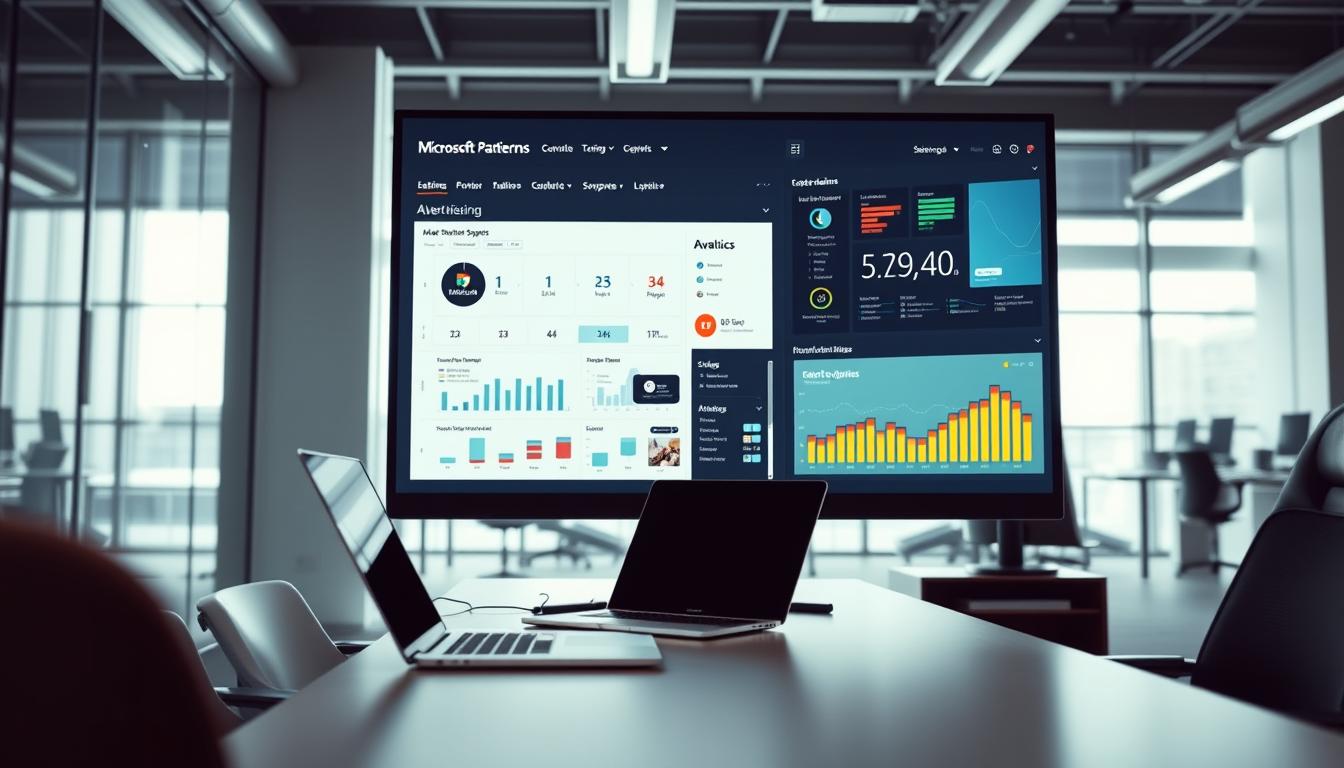|
|
While Google Ads dominates the paid search landscape, Bing Ads presents a valuable opportunity for businesses looking to expand their reach, reduce competition, and increase their return on ad spend (ROAS). With over 1 billion monthly users, Bing’s advertising network, now called Microsoft Advertising, powers search results on Bing, Yahoo, and AOL, along with multiple partner sites. This means that businesses leveraging Bing Ads can tap into a unique audience that Google often overlooks.
One of the most compelling reasons to invest in Bing Ads is the lower cost-per-click (CPC) and higher conversion rates compared to Google Ads. Since Bing’s market share is smaller, competition for keywords is less intense, allowing advertisers to secure better ad placements at a lower cost. Additionally, Bing users tend to be older, more affluent, and more likely to engage with paid ads, making it a highly valuable platform for businesses targeting professionals and high-net-worth individuals.
However, running Bing Ads successfully requires strategic campaign structuring, keyword optimization, audience segmentation, and continuous performance tracking. Simply duplicating a Google Ads campaign into Bing without modifications can lead to underperformance and wasted ad spend. With expert insights from WiFi Digital, this guide explores advanced Bing Ads management strategies that businesses can use to maximize performance, lower costs, and drive sustainable growth.
Optimizing Bing Ads Campaign Structure for Maximum ROI
A well-structured Bing Ads campaign is essential for achieving high conversion rates and cost efficiency. Unlike Google Ads, where advertisers often lump multiple ad groups together, Bing Ads performs best with a granular campaign structure that allows for precise bid adjustments, audience targeting, and performance optimization.
The first step in campaign structuring is segmentation by match type. Using separate campaigns for exact match, phrase match, and broad match keywords ensures that budgets are allocated effectively and prevents low-quality clicks from broad match queries. Unlike Google, Bing’s audience tends to use longer, more detailed search queries, making phrase and exact match keywords particularly effective.
Another crucial element is device targeting. Bing Ads allows businesses to set bid adjustments for desktop, mobile, and tablet users. Since Bing’s audience skews towards desktop users, advertisers targeting professionals and B2B customers should increase bids for desktop searches while optimizing mobile bids separately.
Additionally, structuring campaigns by geographic location ensures that regional and local targeting is fully optimized. Bing provides more flexibility in geo-targeting adjustments, allowing businesses to focus ad spend on high-performing locations while excluding underperforming areas.
By structuring Bing Ads campaigns with clear segmentation by match type, device, and location, businesses can gain greater control over ad performance and budget allocation, leading to improved efficiency and ROI.
Advanced Keyword Targeting and Match Type Optimization
Keyword strategy is a key differentiator between success and failure in Bing Ads. While Google Ads and Bing Ads share similarities, search behavior on Bing is unique, and advertisers need to tailor their keyword targeting accordingly.
One of the most effective strategies for Bing Ads is leveraging long-tail keywords. Bing users tend to perform more detailed and specific searches, meaning long-tail keywords often have higher click-through rates (CTR) and conversion rates. For example, instead of targeting “running shoes,” a business might find better results with “best running shoes for marathon training.”
Negative keywords are another essential component of Bing Ads optimization. Since broad match queries can lead to irrelevant traffic, adding negative keywords ensures that ads are only shown to users with high purchase intent. Unlike Google, Bing Ads offers slightly different search term reporting, so businesses should frequently analyze search query reports to refine keyword lists.
Bing Ads also provides bid adjustments based on keyword match type, allowing advertisers to increase bids for high-performing exact match terms while lowering bids on broad match queries. This level of control helps businesses optimize ad spend for the highest quality traffic.
By refining keyword match types, implementing long-tail search terms, and actively managing negative keywords, businesses can increase Bing Ads efficiency and drive more targeted traffic.
Leveraging Bing Ads Audience Targeting for Higher Conversions
One of Bing Ads’ most powerful features is its advanced audience targeting options, which offer deeper control and better precision than Google Ads in some areas. Businesses can take advantage of demographic, LinkedIn profile, and custom audience targeting to improve ad relevance and conversion rates.
Bing is the only search advertising platform that allows advertisers to target users based on their LinkedIn job function, industry, and company size. This makes Bing Ads an exceptional platform for B2B advertising, enabling businesses to refine targeting for decision-makers and professionals in specific industries.
Another valuable feature is In-Market Audiences, which allows advertisers to reach users actively researching a specific category. Whether targeting users looking for real estate, travel bookings, software solutions, or luxury goods, Bing’s in-market audience segments help advertisers reach high-intent buyers more effectively.
For businesses running remarketing campaigns, Bing Ads also supports custom audience lists, allowing advertisers to retarget website visitors, abandoned cart users, and past customers across the Bing network.
By leveraging LinkedIn profile targeting, in-market audience segmentation, and remarketing strategies, businesses can significantly improve conversion rates and audience engagement on Bing Ads.
Optimizing Ad Copy and Extensions for Better Engagement
Effective Bing Ads campaigns require ad copy that is engaging, relevant, and action-driven. Bing’s audience differs from Google’s in terms of demographics and behavior, so ad messaging must be tailored to resonate with Bing users.
One of the best ways to improve Bing Ads performance is to include emotionally compelling headlines that highlight unique value propositions. Since Bing users tend to be older, more affluent, and more brand-loyal, messaging should emphasize quality, exclusivity, and trustworthiness.
Additionally, using ad extensions enhances ad visibility and engagement. Bing Ads offers:
- Sitelink Extensions to direct users to multiple pages on a website.
- Call Extensions to encourage direct customer inquiries.
- Location Extensions to help businesses with physical stores drive foot traffic.
- Structured Snippets to showcase specific product features or services.
Bing’s Expanded Text Ads (ETAs) and Responsive Search Ads (RSAs) also provide flexibility in testing multiple headlines and descriptions, allowing Bing’s AI to automatically optimize ad variations for better performance.
By crafting compelling ad copy, optimizing extensions, and using Bing’s AI-powered ad testing, businesses can increase click-through rates and conversion rates while lowering CPCs.
Tracking Bing Ads Performance and Continuous Optimization
Ongoing performance tracking and optimization are essential to Bing Ads success. Unlike Google Ads, where automation dominates bid management, Bing Ads provides advertisers with more manual control over bid adjustments, making continuous monitoring crucial.
Setting up Bing Ads conversion tracking and integrating Google Analytics helps businesses measure ROI, conversion rates, and audience behavior. Additionally, using UTM parameters on Bing Ads URLs allows businesses to track cross-channel performance in Google Analytics.
Bing Ads also provides custom reporting tools that allow advertisers to analyze search term performance, ad placements, and audience insights. Regular A/B testing of ad copy, bid adjustments, and landing page optimizations ensures that businesses continuously improve performance.
By actively monitoring Bing Ads performance, adjusting bidding strategies, and refining targeting, businesses can maximize their advertising effectiveness and ROI.
Bing Ads presents a valuable, cost-effective opportunity for businesses looking to expand their search advertising strategy beyond Google. By optimizing campaign structure, keyword targeting, audience segmentation, ad copy, and bid management, businesses can increase visibility, improve conversion rates, and lower acquisition costs.
With expert guidance from WiFi Digital, businesses can unlock the full potential of Bing Ads, ensuring high-impact campaigns that drive sustained growth. Now is the time to leverage Bing Ads for smarter, more profitable digital advertising.
WiFi Digital: Connecting Businesses to the Digital Future
In today’s fast-paced world, where a strong digital presence is essential for business growth, WiFi Digital emerges as a strategic partner for small and medium-sized businesses (SMBs). Founded in 2023 and based in London, Ontario, the company has a clear mission: to provide affordable, high-quality solutions that help businesses thrive online. With an experienced and passionate team, WiFi Digital goes beyond simply creating websites and marketing strategies. Its purpose is to empower entrepreneurs, strengthen brands, and give clients more free time to focus on what truly matters – growing their business and improving their quality of life.
WiFi Digital develops websites that authentically and professionally represent your brand, optimizes systems and digital marketing strategies to enhance visibility and return on investment (ROI), and offers affordable, customized solutions, ensuring that businesses of all sizes have access to effective growth tools. With transparency, partnership, and innovation, the company provides each client with the necessary support to achieve real results.
Business digitalization is not just about numbers or metrics. It directly impacts entrepreneurs’ well-being, bringing more organization, efficiency, and freedom to focus on what truly matters. WiFi Digital understands that by investing in digital solutions, businesses gain time, reduce operational stress, and create opportunities to connect better with their customers. A well-structured online presence not only increases sales but also strengthens the public’s trust in the brand.
Beyond technical expertise, WiFi Digital’s key differentiator is its commitment to people. The company values genuine relationships, creates tailored strategies, and works side by side with clients to ensure that every solution meets their specific needs. If you’re looking to boost your brand, attract more customers, and still have more time to focus on what truly matters, now is the time to act!
💡 Transform your digital presence with experts who understand your needs.
📩 Contact us now: contact@wifidigital.ca
🌍 Learn more: www.wifidigital.ca
🚀 Your growth starts here!




